Photo Gallery for Acleris placidana - Black-headed Birch Leaffolder Moth | 50 photos are available. Only the most recent 30 are shown.
|
 | Recorded by: Jim Petranka and Becky Elkin on 2024-04-16
Buncombe Co.
Comment: |  | Recorded by: David George, Jeff Niznik on 2024-03-16
Orange Co.
Comment: |
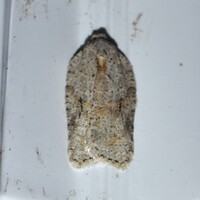 | Recorded by: David George, Jeff Niznik on 2024-03-04
Durham Co.
Comment: | 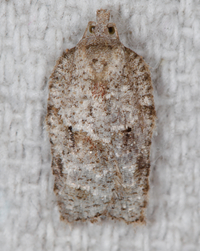 | Recorded by: Jim Petranka on 2024-03-03
Madison Co.
Comment: |
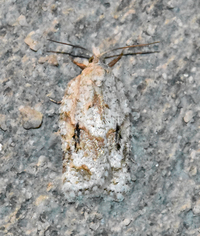 | Recorded by: Emily Stanley on 2024-02-28
Buncombe Co.
Comment: | 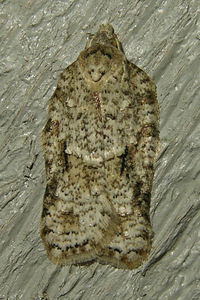 | Recorded by: Owen McConnell on 2023-10-20
Graham Co.
Comment: |
 | Recorded by: Owen McConnell on 2023-10-09
Graham Co.
Comment: | 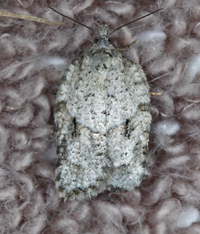 | Recorded by: Jim Petranka, Becky Elkin, Ivanna Knox, Marietta Shattelroe and Avery Young on 2023-09-21
Buncombe Co.
Comment: |
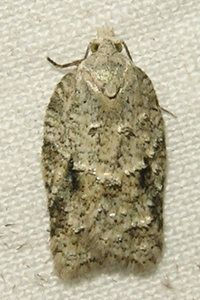 | Recorded by: Owen McConnell on 2023-08-12
Graham Co.
Comment: | 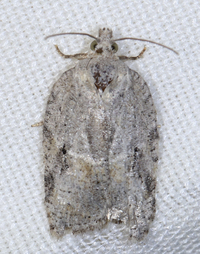 | Recorded by: John Petranka, David George on 2023-08-05
Orange Co.
Comment: |
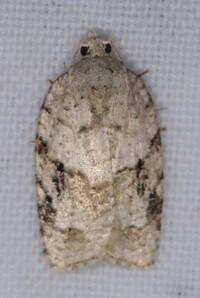 | Recorded by: David George, Stephen Dunn, Jeff Niznik, Rich Teper, Becky Watkins on 2023-07-29
Swain Co.
Comment: | 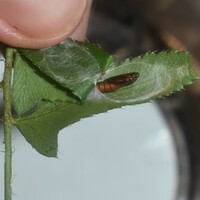 | Recorded by: David George, Jeff Niznik on 2023-07-19
Durham Co.
Comment: |
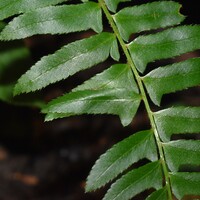 | Recorded by: David George, Jeff Niznik on 2023-07-19
Durham Co.
Comment: | 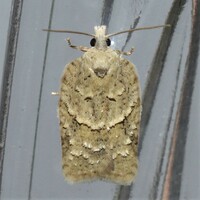 | Recorded by: David George, Jeff Niznik on 2023-07-19
Durham Co.
Comment: |
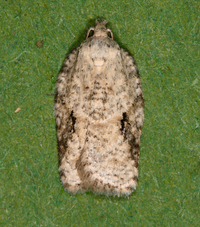 | Recorded by: Jim Petranka on 2023-06-25
Madison Co.
Comment: A reared adult from a leaf fold on Betula lenta. |  | Recorded by: Jim Petranka on 2023-06-25
Madison Co.
Comment: A reared adult from a leaf fold on Betula lenta. |
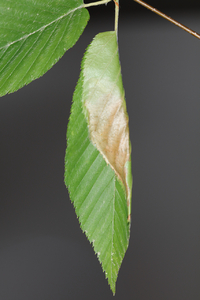 | Recorded by: Jim Petranka on 2023-06-07
Madison Co.
Comment: One of several leaf folds that were on Betula lenta; two adults were reared that emerged on 2023-06-25. | 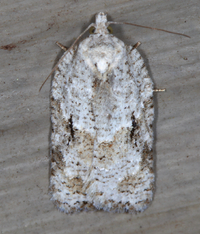 | Recorded by: Jim Petranka on 2023-05-09
Madison Co.
Comment: |
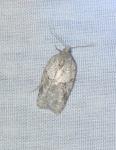 | Recorded by: K. Bischof on 2023-05-04
Transylvania Co.
Comment: | 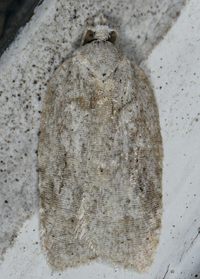 | Recorded by: John Petranka on 2023-04-28
Orange Co.
Comment: |
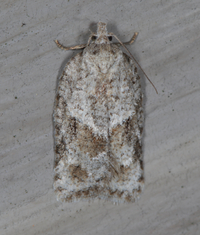 | Recorded by: Jim Petranka on 2023-03-23
Madison Co.
Comment: | 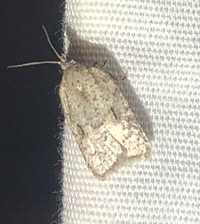 | Recorded by: B bockhahn on 2023-03-06
Buncombe Co.
Comment: |
 | Recorded by: Jim Petranka on 2023-03-01
Madison Co.
Comment: | 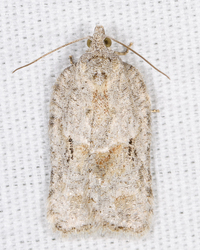 | Recorded by: John Petranka on 2023-02-21
Orange Co.
Comment: |
 | Recorded by: John Petranka on 2023-02-16
Orange Co.
Comment: | 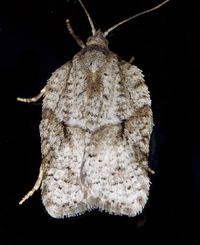 | Recorded by: Jim Petranka on 2022-11-27
Madison Co.
Comment: |
 | Recorded by: Jim Petranka on 2022-10-25
Madison Co.
Comment: | 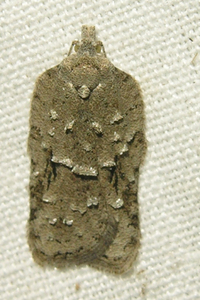 | Recorded by: Owen McConnell on 2022-09-28
Graham Co.
Comment: |
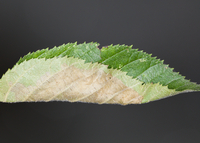 | Recorded by: Jim Petranka on 2022-09-20
Haywood Co.
Comment: Larvae were in folded leaves on Yellow Birch; larvae on 20 Sept; pupa on 30 Sept; adult on ca. Oct 20. | 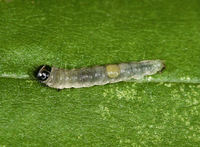 | Recorded by: Jim Petranka on 2022-09-20
Haywood Co.
Comment: Larvae were in folded leaves on Yellow Birch; larvae on 20 Sept; pupa on 30 Sept; adult on ca. Oct 20. |
|